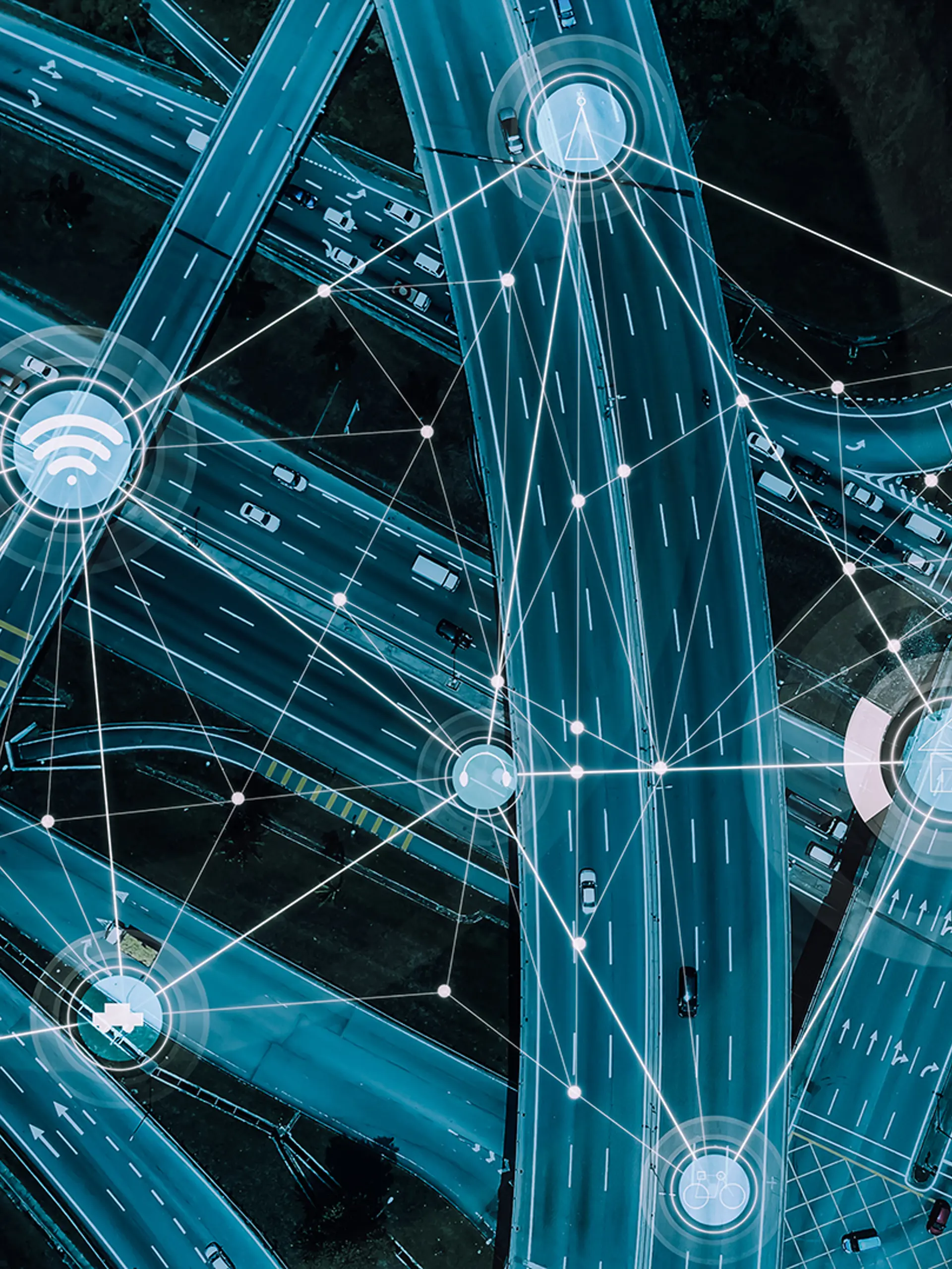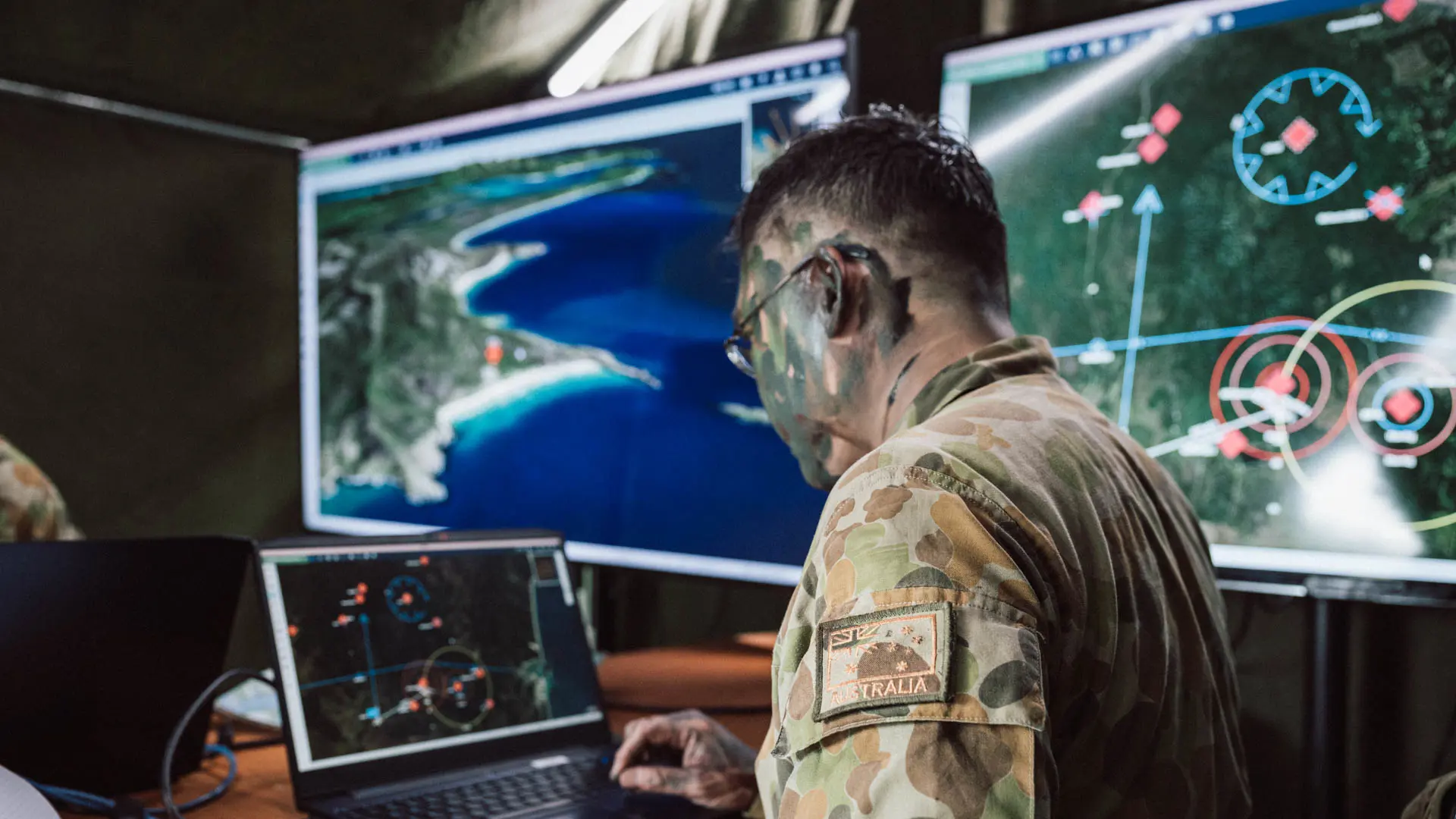Clouds - weather portents and data engines
New computing technologies can deliver more power for users writes Vice Adm (Ret'd) Paul Bennett.
To any sailor, the clouds in the sky are the portent of the hours ahead. Feathery, wispy high-altitude cirrus clouds mean calm water, while steep cumulonimbus herald strong winds and high seas.
Clouds are also a major source of inspiration. Their ability to reflect the weather also reflects humanity’s moods and temperaments – from calmness and serenity to turbulence and tension. Comprised of water vapour and moulded by temperature and wind, they are the ultimate reflection of the constancy of change in the world.

But in modern times, some clouds have become a source of stability and reliability.
Since the late 1990s, the technology sector has used the term “cloud computing” to describe the disparate nature of internet computing. There are some commonalities with a “real-world” cloud, as the dispersed nature of it all means that there is little to touch. However, unlike the clouds in the sky, cloud computing provides resilience and security in turbulent times and the ability to scale as the conditions require.
So why cloud computing, and what are the advantages of using cloud computing technology in military operations?
Why cloud?
While the role of cloud computing has become well established in the civilian domain – from online banking to software licensing and distribution – the deployment of this technology in support of military operations has become more urgent in the past few years as the potential of the digitalised battlefield becomes clear.
- Data has been described as the new ammunition in modern warfare. Sensing, gathering, collecting, processing, analysing, and reporting enable successful operational planning and optimal situational awareness, but require significant computing power.
Cloud computing enables this by distributing the processing and data storage requirements around disparate locations. Much like dispersed and mobile operations, this approach means that data is accessible, with backups and redundancy supporting continuity of operations. This in turn provides a range of benefits for the modern military commander: - Enabling resilient command, optimum situational awareness, and maximum cross-organisational knowledge.
Greater speeds in which data collection, fusing, processing, and intelligence delivery can be undertaken - Increased capacity, which in turn enables high volume raw data feeds to be processed and handled. This provides greater richness of product, much faster than would be possible on a deployed server system.

The ability to host data is, of course, the primary feature, but software being run through a cloud environment also allows for improved deployment and operational flexibility. This can range from accessing the software directly in a web environment with an internet browser, or downloading it from a secure location onto a device. This in turn gives military formations the ability to use advanced software systems without the concomitant large hardware requirements that would have been necessary to acquire and then deploy. They are given greater operational stability and access to data-rich intelligence and analytics capabilities as a result, while retaining the ability to disperse or reconfigure command nodes as the operational situation demands
What is driving cloud adoption?
The moves towards implementing cloud computing have been assisted by clear intent captured in policy. The UK’s 2021 Data Strategy for Defence highlighted cloud computing as a driver for change in the defence environment, with the Common Technology Architecture framework helping to shape and guide the new Digital Backbone for the delivery of components and services to the armed forces and defence environment. The Strategy states that this would “increase data sharing and exploitation across security classifications, enable mobile access to Defence systems, and rapid development and scaling of applications to meet increasing demands and possibilities.” The recent Strategic Defence Review was even more direct and ambitious, recommending ‘to deliver a digital targeting web in 2027, requiring access, in whole or in part, to a Defence-wide Secret Cloud, with a minimum viable product available in 2026.

Of course, this is not an approach that is unique to the UK. Most NATO allies and other partners are working to implement cloud capabilities as part of their digitalisation strategies, both individually and as part of alliances.
Is it secure?
One of the major areas of concern for commanders is how secure and resilient cloud-based solutions are against modern counter-measures?
Standards such as ISO 27001, the NIST Cybersecurity Framework, and the US Defense Information Systems Agency (DISA) Cybersecurity Tools all help to ensure the security of data and systems against cyberattack.
Applying these standards to protect the data logistic systems is, therefore, a key feature in deploying digital technology into any sector. Within a cloud computing environment, enhanced resilience and redundancy against cyber threats is supported by the disparate nature of the system. This is further supported by advanced technology such as artificial intelligence (AI) to detect, identify, and counter threats. When operated in conjunction with zero-trust (‘never-trust, always verify’) access, securing transmission and utilisation of mission critical data can be better enabled by network administrators.

Additionally, employing a variety of communications methods for transmission of data with cloud-based information systems can help ensure the continuity of operations. Options such as satellite communications, civilian telecommunications networks, and beyond-line-of-sight radio systems when used together provide an additional level of flexibility and redundancy for command and operational staff.
Practical Steps
Implementing cloud technology may sound like a complex task, but tools exist to help develop the cloud expediently. Rapid data transfer and compression software makes the initial moves easier, while the range of cloud providers, such as Microsoft Azure and Amazon Web Services (AWS), provide the architecture to host the data.
Some military software applications have also been optimised for high-data volume cloud solutions. Systematic’s SitaWare BattleCloud enables the rapid distribution of software to users of the SitaWare suite as well as hosting SitaWare suite software and data processing capabilities. Employing SitaWare Insight alongside SitaWare BattleCloud allows the processing of intelligence data at scale, speeding up the intelligence cycle and delivering greater situational awareness and planning support to commanders. In a maritime environment, dealing with the vast array of data generated by sensor systems – from open-source feeds to radar tracks – can been applied to SitaWare Maritime through SitaWare BattleCloud.

Data communications for SitaWare Headquarters operations using SitaWare BattleCloud is enabled through SitaWare Headquarters Communication (SHC). This enables all communications bearers to be employed in accessing and distributing data. SHC comes with built-in redundancy to ensure the delivery of data around the battlespace, as well as resilience when nodes are taken offline or links degraded. Finally, the SitaWare Suite has received certification from DISA adding to its security credentials before its deployment to a secure cloud environment.
Conclusion
The potential of cloud computing is being increasingly recognised by governments globally and is correspondingly being fed into the policy and strategic plans for service delivery. There is much to be done in the military environment. Generating the cloud capability in the first place is not straightforward, but equally, the reliance on and ability to manage data sources within existing and emerging systems is far from mature. Factors such as security and ability to access the cloud in contested operational environments will remain a key consideration. However, there seems little choice in the matter - as the battlespace becomes more digitalised and the ability to use data effectively will be crucial. Only then will AI-driven situation awareness and full integration of autonomous systems be possible. Despite the large change programmes, it is also a fact that embracing cloud technology will have to be done incrementally. Exploring the SitaWare BattleCloud would be a potential first step that would introduce operators at the front-line to the potential offered by access to military data sets and applications through a secure cloud.








